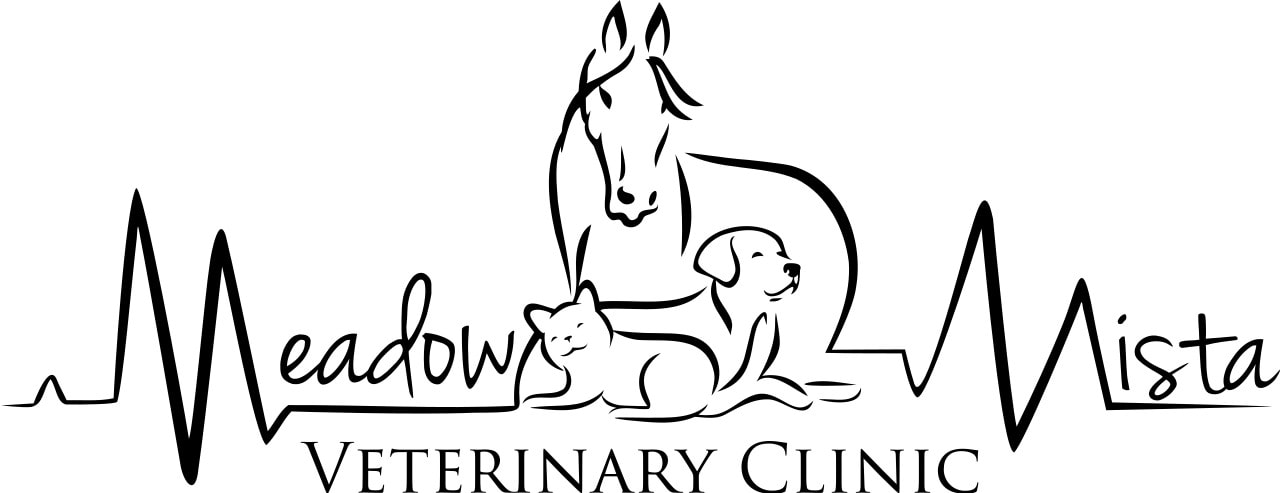Dental problems in your cat can inflict a lot of pain and trigger other health complications. Today, our Meadow Vista veterinary team will explain how to identify dental health problems in your cat, outline the most prevalent dental diseases in cats, and offer guidance on preventing or treating these issues.
Your Cat's Oral Health
Your cat's overall health and well-being depend on the condition of their oral health. Their mouth, teeth, and gums are essential in eating and vocalization. When oral structures become diseased or damaged and no longer function properly, your cat will experience pain, which can disrupt their ability to eat and communicate effectively.
Moreover, the bacteria and infections responsible for many oral health issues in cats don't confine themselves to the mouth. If left untreated, these infections and bacteria can spread throughout your cat's body, causing harm to vital organs such as the kidneys, liver, and heart while also significantly impacting their overall health and lifespan.
Cat Dental Disease Symptoms
The conditions may have varying specific symptoms, but if you observe any of the following behaviors or symptoms, your cat might be displaying signs of a tooth problem:
Here are some of the most common symptoms of cat teeth issues:
- Bad Breath (halitosis)
- Excessive drooling
- Weight loss
- Difficulty with or slow eating
- Missing or loose teeth
- Visible tartar
- Bleeding, swollen, or noticeably red gums
- Pawing at their teeth or mouth
Bring your cat to your Meadow Vista veterinarian as soon as possible if you notice any of the above signs of dental disease. The sooner your cat's dental disease is identified and treated, the better off they will be in the long run.
Common Cat Dental Diseases
While a wide range of health issues can affect your cat's gums, teeth, and other oral structures, there are three prevalent conditions to watch out for.
Periodontal Disease
Approximately 70% of all cats will develop some form of periodontal disease by the time they reach the age of 3.
This disease occurs due to bacteria in plaque, the soft film of bacteria, and food debris accumulating on teeth throughout the day. If you don't regularly brush away or clean your cat's plaque, it will harden and form tartar that extends below their gum line.
When bacteria get trapped beneath your cat's gum line and come into contact with their teeth, they irritate and erode the structures supporting their teeth. If left untreated, periodontal disease can lead to a severe gum infection, loose and missing teeth, and organ damage as the bacteria spreads throughout your cat's body.
Stomatitis
Feline stomatitis causes an excruciating inflammation and ulceration—formation of sores—on your cat's gums, cheeks, and tongue.
Persians and Himalayans are more likely to develop this condition, but any cat can develop stomatitis.
Cats experiencing this condition often endure extreme pain and reduced appetites as a result. In some cases, cats may become malnourished due to the excruciating pain associated with eating. If your cat develops a mild case, you may be able to treat their stomatitis with at-home care. However, severe cases necessitate surgical intervention.
Tooth Resorption
Tooth resorption in cats occurs when your cat's mouth gradually destroys a tooth or multiple teeth. This condition is fairly common in cats and can potentially affect up to three-quarters of middle-aged and older cats.
When a cat experiences tooth resorption, their body begins to break down the hard outer layer of the tooth, causing it to become loose and painful. Detecting this destruction is challenging without a dental x-ray because it occurs below your cat's gum line. You may suspect this condition if your cat suddenly prefers soft foods or swallows without chewing.
Preventing Dental Issues in Cats
The best way to prevent dental problems in your cat's teeth is to brush and clean your cat's mouth routinely. Brushing or wiping away plaque before it can cause damage or infection will give your cat's teeth and gums a much better chance of remaining healthy.
To keep your kitty's teeth in tip-top condition, schedule a professional dental examination and cleaning for your pet once a year at Meadow Vista Veterinary Clinic. These dental appointments resemble taking your kitty to a veterinary cat dentist.
To proactively avoid oral health issues, begin brushing your cat's teeth and gums while they are still a kitten. They will quickly adapt to the process. If your cat resists having its teeth cleaned, you can also use dental treats and foods to help maintain your cat's dental health.
Note: The advice provided in this post is intended for informational purposes and does not constitute medical advice regarding pets. For an accurate diagnosis of your pet's condition, please make an appointment with your vet.


